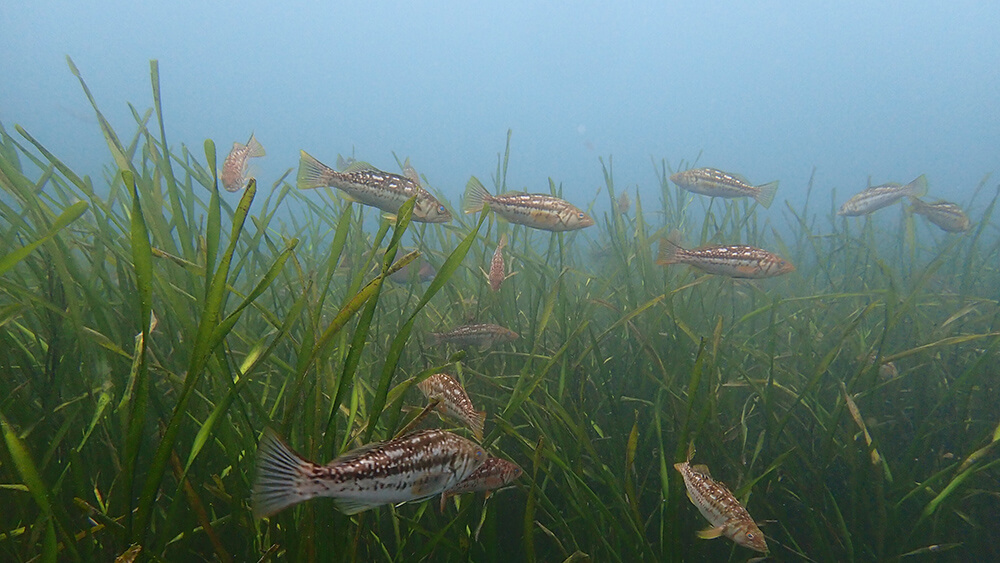Climate Change
Conservation Issue

Climate change is one of the leading issues facing resource managers in the 21st century. Like many disturbances to the marine environment, climate change may act synergistically with other stressors, exacerbating a number of other impacts. Understanding how local management actions can abate, adapt to, or mitigate the effects of a changing climate is critical to Channel Islands National Marine Sanctuary (CINMS) management of water quality, maritime heritage, and living and non-living marine resources. This document highlights some key data necessary to inform sanctuary management, but CINMS recognizes that climate change will broadly impact the ecosystem and have synergistic effects with other stressors. CINMS is interested in, and supportive of, climate-based work across disciplines and hopes to develop and support research efforts to that end.
Description
Increased atmospheric carbon emissions, among other factors, are causing shifts in global climate, which can impact local ecosystems in unique ways. Future climate scenarios will alter a range of environmental conditions in the marine environment, which in turn will heavily alter ecosystem structure, function, and services. Increasing sea surface temperatures, decreasing pH and oxygen, and intensifying or highly variable winds are predicted for the Channel Islands region, all of which will have emergent and lasting impacts on sanctuary resources and on people who use the sanctuary. Place-based managers planning for the future need oceanographic monitoring infrastructure, targeted studies on adaptability of key resources, information on ecosystem response to a range of environmental thresholds, and predictive ecosystem-based climate change models that fit local ecologies. Because the impact of climate change will be intersectional with other issues and research needs, incorporating climate variability into other research efforts will be just as important as direct climate change research.

Data and Analysis Needs
- Predicted shifts in abiotic conditions at a fine spatial scale relevant to CINMS management
- Predicted impacts to sanctuary resources over the short (5–10 years), medium (10–50 years), and long term (50–100 years)
- Conservation tools that can be used to mitigate climate change drivers (e.g., blue carbon, biotic pH buffering) and impacts (e.g., biodiversity loss, ecosystem function failure)
- Biotic and abiotic tipping points relevant to biological communities inside CINMS
- The status of, and changes in, historically native species and newly established species undergoing range shifts
- Characteristics that support or undermine the capacity of human communities to respond to climate impacts
- Ecosystem services most at risk from climate and ocean acidification changes, and methods to increase their resiliency
Potential Products
- Formal research partnerships to improve fine-scale monitoring and forecasting of climate change drivers
- Trackable indicators, integrated data products, and forecasts of biologic and human responses to climate change
- Documents (e.g., climate vulnerability analysis, management strategy evaluations) geared toward understanding potential management options that CINMS can take to mitigate local climate change impacts CINMS-directed research studies and primary scientific literature on insufficiently addressed information needs
Supplementary Information
- CINMS 2016 condition report
- National marine sanctuary climate change priorities workshop report
- Marine protected areas do not prevent marine heatwave-induced fish community structure changes in a temperate transition zone
- The changing Santa Barbara Channel
Sanctuary Integrated Monitoring Network (SIMoN) Resources:
- Climate vulnerability assessment for deep-sea coral ecosystems in Channel Islands National Marine Sanctuary
- Characterizing ocean pH in the Channel Islands National Park
For more information about this assessment, contact research.CINMS@noaa.gov

